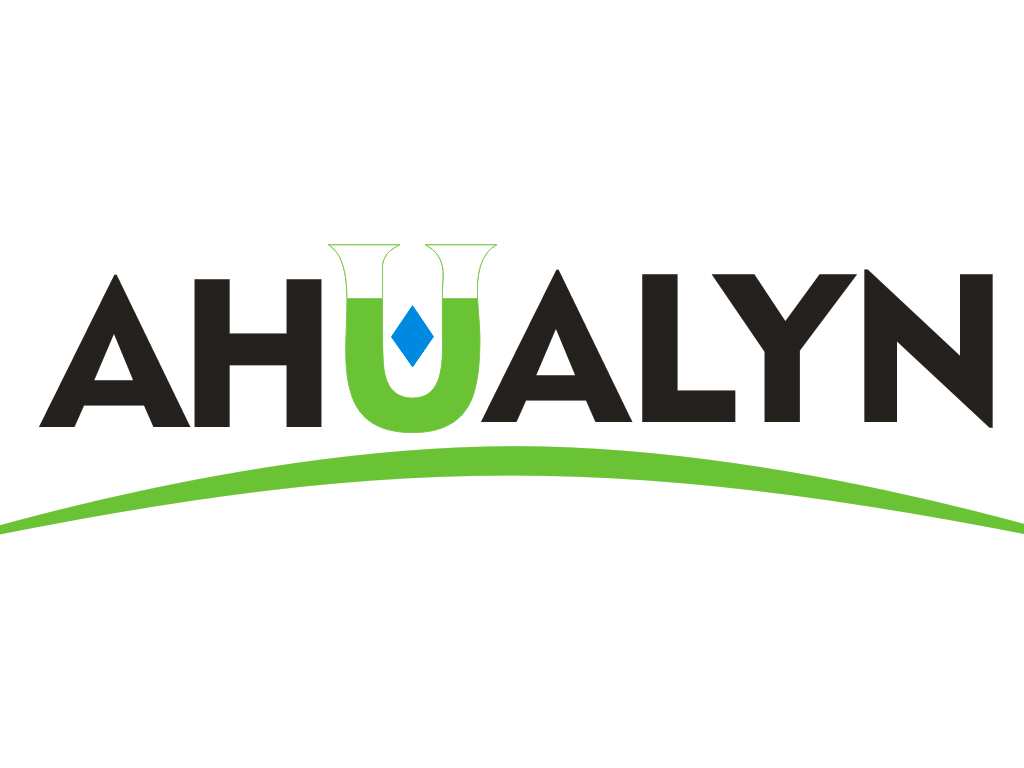
Privacy statement: Your privacy is very important to Us. Our company promises not to disclose your personal information to any external company with out your explicit permission.
2022-11-17
In early January 2021, the National Health and Medical Commission listed sodium hyaluronate (also known as Hyaluronic Acid, HA) as a new food raw material for the first time. The scope of use is milk and dairy products, beverages, alcohol, cocoa products, chocolate and chocolate products (including cocoa butter substitute chocolate and products), as well as candy, frozen drinks, excluding baby food. Hyaluronic acid has been recognized as a food raw material in many countries or regions.
China's oral beauty and health care industry has entered a stage of rapid development
Hyaluronic acid, scientific name hyaluronic acid (Hyaluronic Acid), abbreviated as HA, is a kind of macromolecular mucopolysaccharide naturally present in the human body, widely present in joint cavity, skin, vitreous body, cartilage, umbilical cord and other tissues. 1g of hyaluronic acid can bind 1000 times its own weight in water. HA has various physiological functions, including water retention, lubricity, anti-inflammatory, antioxidant, wound repair, viscoelasticity, etc. Its unique properties and functions make it widely used in many fields such as food, cosmetics, ophthalmology and orthopedics. About 50% of the hyaluronic acid in the human body exists in the skin, which creates a filling water and environment in the dermis, promotes the synthesis of collagen and elastin, and makes the skin full of elasticity. The content of hyaluronic acid in the skin directly affects the water content of the skin and degree of aging.
The content of hyaluronic acid in the human body gradually decreases with age, and at the age of 30, 50, and 60, it will drop to 65%, 45%, and 25% of the 20-year-old, respectively. Decreased hyaluronic acid can lead to arthritis, skin aging, increased wrinkles, dizziness, and many other problems. Compared with external application and medical beauty injection, oral hyaluronic acid is milder in principle and mechanism of action, stable and sustainable, and is a safer and more cost-effective supplement.
As an acidic mucopolysaccharide, hyaluronic acid has an irreplaceable role in living organisms, and is an indispensable and important substance for the human body. It is mainly produced by microbial fermentation method, which has high yield and low cost, and the yield is not limited by raw materials.
Human oral hyaluronic acid has the effect of beautifying the skin and delaying aging. The content of hyaluronic acid in the human body decreases with age, so it is very necessary to supplement exogenous hyaluronic acid after the age of 25. Generally, meat such as animal skin and chicken comb can provide some hyaluronic acid, but the amount of hyaluronic acid is limited. Rarely, the human body can also synthesize part of hyaluronic acid, but the mechanism is unclear. It is said that zinc can stimulate the synthesis of hyaluronic acid in the body, but there is no data. Human oral hyaluronic acid can increase the precursor of hyaluronic acid synthesis in the body, and mouse administration experiments have shown that oral hyaluronic acid can indeed increase the content of hyaluronic acid in the body.
The main physiological function of hyaluronic acid: it is the main component of the intercellular and extracellular matrix, and maintains the normal structure and function of cells.
1 Water retention
There are a large number of negatively charged carboxyl groups and polar groups on the surface of HA molecules, which are firmly locked after combining with water molecules through hydrogen bonds.
2 Lubrication
HA is the main component of the synovial fluid in the joint cavity of the organism, and its good viscoelasticity and lubricity can reduce the pressure and wear of the joints when the body moves. Experiments show that HA cooperates with peptide and glycopeptide complexes in synovial fluid to exert lubricating effects.
3 Healing wounds
The proven wound healing effects of HA are as follows: (1) the clot composed of fibrin plays a structural function in the wound healing process; (2) promotes the phagocytic activity of granulocytes and regulates the inflammatory response; (3) local degradation produces The low Mr HA can promote angiogenesis.
4 Multiple effects on cells
It is known that HA can protect cells, affect cell movement, proliferation and differentiation, and affect cell phagocytosis.
Share to:
Send Inquiry

Ms. Alice
Tel:+86-029-81138161
Fax:
Mobile Phone:+8619992821278
Email:info@ahualyn.com
Address: Rm. 1208, Building B, Huixin IBC, No. 1 Zhang Bayi Road, High-tech Zone, Xian, Shaanxi
Related Products List
Mobile Site


Privacy statement: Your privacy is very important to Us. Our company promises not to disclose your personal information to any external company with out your explicit permission.

Fill in more information so that we can get in touch with you faster
Privacy statement: Your privacy is very important to Us. Our company promises not to disclose your personal information to any external company with out your explicit permission.